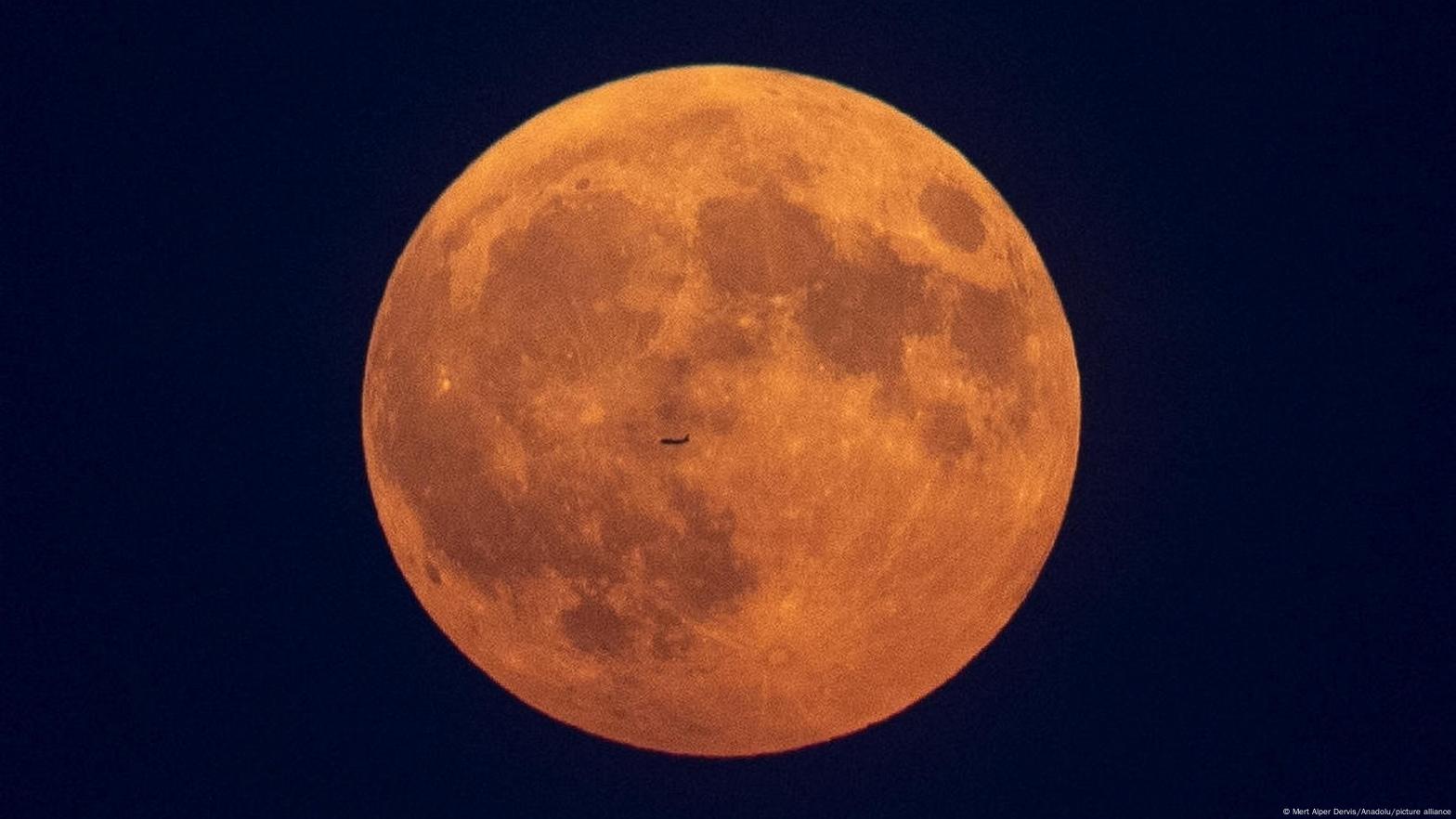We’ve all witnessed this, either in person or in some of the most iconic photos of our nocturnal companion: the Moon on the horizon of an idyllic landscape, looking enormous and almost unreal, so big that it seems we could touch it with our fingertips. What happens in these scenes? Is it magic or some rare astronomical phenomenon? The answer you might never expect: it’s all in your mind.
This curious effect, known as the “Moon illusion,” has puzzled humanity for millennia. From philosophers in ancient Greece to NASA scientists in the space age, everyone has tried to explain why the Moon appears so much larger when it is near the horizon than when it is high in the sky.
The fascinating thing is that, despite technological advances and centuries of observation, we still don’t have a definitive scientific explanation.
Aristotle, in the 4th century BC, attempted to explain it by attributing it to the magnifying properties of the Earth’s atmosphere. He reported In 2013, the philosopher told Live Science that when looking at the Moon on the horizon, the light passed through more atmosphere and this acted like a magnifying glass. However, although his theory was not completely far-fetched, we now know that it is not the atmosphere that is responsible.
The reality is that, although our perception makes us think that its size changes, the Moon does not grow or shrink at any time. What we see is literally a trick of the mind, of how our brain processes visual information.
According to a NASA article from last year, you can test this out for yourself with a simple home experiment: hold your index finger up to the Moon when it’s on the horizon, compare the size of your fingernail to the lunar disk, and repeat the process a few hours later when the Moon is high in the sky.
Surprise: your fingernail will cover exactly the same portion of the Moon in both cases. If you are more tech-savvy, you can take photos and compare them, or you can also look at the Moon through a paper tube. The result will be the same: the Moon maintains its constant size.
Why do our eyes tell us otherwise?
Most modern explanations for this phenomenon point to how our brain interprets the size and distance of objects.
One of the most widely accepted ideas is the context theory. When the Moon is low on the horizon, it appears next to familiar objects such as trees, buildings or mountains. These reference points trick our brain into perceiving it as closer and therefore larger than it really is.
Another possible explanation is the Ponzo illusion, a visual effect where our brain distorts the perception of size and distance. Similar to how we see train tracks that appear to converge in the distance, this phenomenon suggests that the visual context makes the Moon appear larger on the horizon.
There’s also the horizon effect, which is based on how our minds perceive objects on the horizon as being farther away than those above us. For example, the clouds we see directly above us may be just a few miles away, while clouds on the horizon are much farther away. Our brains apply this logic to the Moon, making it appear larger when it’s close to the horizon.
However, none of these theories fully explains the phenomenon. Even astronauts in orbit, with no terrestrial reference points, experience this illusion.
A mystery that endures
Despite technological and scientific advances, the Moon illusion remains a fascinating enigma. Perhaps, as NASA winks at you, it’s best to simply enjoy the spectacle.
And if it’s any consolation, we do know why the Moon tends to appear more yellow or orange when it’s near the horizon. That’s because its light passes through a larger portion of Earth’s atmosphere, scattering blue wavelengths and highlighting red and yellow ones. Dust and pollution can intensify these colors, adding magic to the panorama.
As for why the Moon looks so big in photos, according to NASA, photographers often use telephoto lenses to capture it next to features like buildings or mountains. This magnifies its apparent size. So when you see those stunning images, keep in mind that it’s more due to the use of zoom than the actual size of the Moon.
Even if we don’t fully understand why it happens, the Moon Illusion remains one of the most impressive visual spectacles. And that’s okay. After all, some puzzles are meant to be admired rather than solved.
Continue reading:
* Cave discovered on the Moon that could function as a human base
* The Moon’s incredible effect on the length of Earth’s days
* Hidden force on Earth could be generating water on the Moon, according to a study
